Watch Your Language - Is Your Business Heading for a Jargon Crisis?
Indecipherable corporate jargon is more hazardous than it seems. Language needs to be a bridge to meaning, not a barrier. If you hear sentences like: ‘We need to roll out NLP by Q3 to circle back to the FCA’s HRG in time for EOM by EOP today,’ your business might be trapped in a lexical cataclysm.
Why is Jargon so prevalent when it’s so annoying? Because, in the right context, it completes an essential function – concise communication. Not only that, but it serves as a socio-linguistic tool to create a shared identity, a not-too-dissimilar outcome from what you might see on Love Island.
Jargon, therefore, becomes a status symbol, a badge that signifies someone is part of a workplace community, effectively denying access to those without an understanding, or a willingness to use, the ‘right’ terminology.
This is a potential mitigation of psychological safety, the key ingredient in an inclusive working environment. Jargon can transform even the most straightforward task into a headache. Have you ever been asked to ‘take a quick look at the SOM,’ (or words to that effect) and felt completely left out, too afraid to ask what the acronym means? This assumption of knowledge is a major stumbling block, a limiter for productivity.
How do you avoid it? It often starts with self-awareness.
1. Who do You Think You’re Talking To?
Who are you communicating with? Jargon might be fine for your specialised team, but do other departments know what you’re trying to say? Are you unwittingly alienating non-native speakers who might have a harder time comprehending the use of idioms?
Are you communicating with neurodiverse colleagues? Is your jargon forcing them to painstakingly unpick your non-literal language? Communication is not effective when it demands an extra set of steps from the recipient, nor is it inclusive.
Self-awareness, and the awareness of how others perceive you, can help you choose the right words at the right time. Maybe jargon is the right choice when you’re communicating your expertise to a knowledgeable client, but this only works as a result of a shared understanding.
Different styles of communication are required for nearly every situation. In sociolinguistics, this is known as register. Making yourself aware of the register you’re using is a great way to check yourself and improve your communication skills.
2. Write a Cue Sheet
If you need to use acronyms, it’s worth creating a toolkit that explains what they are. It’s a good referral point and it can prevent people from feeling awkward about asking questions. It needs to be comprehensive, and anyone using it must be consistent, otherwise, the meaning gets blurred and even more confusing than before.
Technical terms are often used seamlessly between specialised teams – are all your members in on the lingo? There is every chance you’ll need jargon to operate efficiently, so it’s worth making sure that everyone gets the chance to benefit.
3. Communication Comes From Above
Every email, every phone call, every passing sentiment in every busy corridor, sets a precedence for the way your company communicates. Leaders and senior figures have a lot to answer for in that regard. If the message from the top is laden in acronyms, disguised in slang or straight-up hard to decipher, the entire chain of communication suffers.
Leadership has a responsibility to communicate ideas clearly, and part of that responsibility is choosing accessible language.
Inclusive communication is an essential leadership trait. If you need support building a culture that enables growth, understanding and accessibility, Trinnovo Consulting is here to help. Reach out to us today to find out more about our services.

